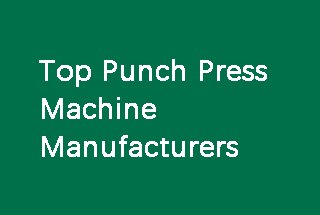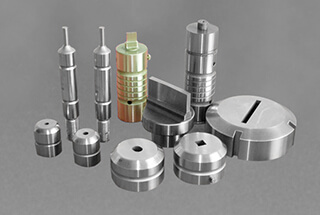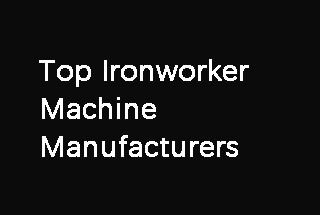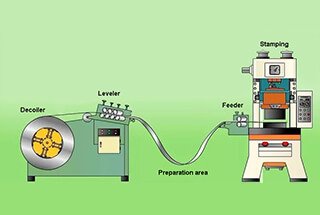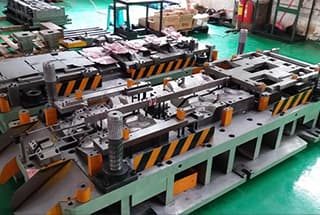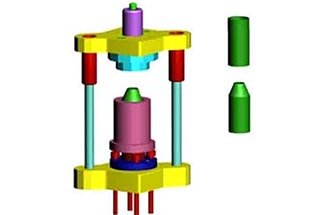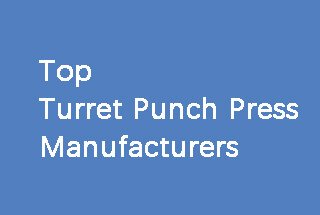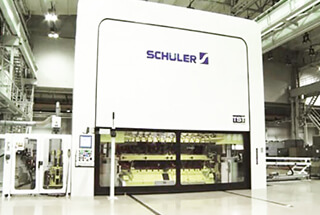
Ever wondered how the metal parts in your car or home appliances are made? Metal stamping, a process involving shaping metal sheets with dies, is key. This method offers high efficiency and precision, producing everything from tiny watch components to large car parts. However, it also comes with challenges like noise and high initial costs. In this article, you’ll explore the pros and cons of metal stamping and understand its role in various industries.
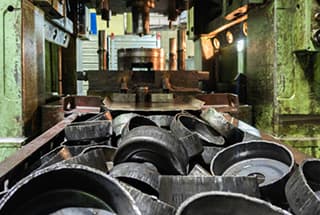

Metal stamping is a high-volume, high-precision manufacturing process that transforms flat metal sheets into complex three-dimensional components using specialized tooling called dies. This process is integral to various industries, particularly automotive and consumer appliances, where it produces critical components with exceptional efficiency and consistency.
The process involves mounting a custom-designed metal stamping die onto a press. With each stroke of the press, the die exerts controlled force on the metal sheet, shaping it into the desired form. This can be achieved through a single operation or a series of progressive die stations, depending on the complexity of the part.
Metal stamping’s versatility allows for a wide range of operations, including:
The efficiency of metal stamping lies in its ability to produce high volumes of identical parts rapidly, often at rates of hundreds or even thousands of pieces per hour. This makes it particularly cost-effective for large production runs.
Skilled operators are crucial to the metal stamping process, as they set up and monitor the equipment, ensuring optimal performance and quality control. The dies themselves are precision tools, typically manufactured by specialized die shops or advanced machining centers equipped with CNC technology and EDM capabilities.
See also:

Stamping production is dependent on molds and presses to carry out the processing process. It has several technical and economic advantages over other processing methods:
(1) The mold ensures the dimensional accuracy of stamped parts, leading to consistent quality and good interchangeability.
(2) Mold processing enables the production of parts with thin walls, light weight, high rigidity, good surface quality, and complex shapes that are difficult or impossible to manufacture through other methods.
(3) Stamping typically does not require heating the blank or cutting a large amount of metal, thus saving energy and conserving metal.
(4) Ordinary presses can produce dozens of pieces per minute, while high-speed presses can produce hundreds of thousands of pieces per minute, making it an efficient processing method.
Due to its outstanding characteristics, the stamping process is widely utilized across various industries in the national economy. For instance, industries such as aerospace, machinery, electronics, transportation, weapons, household appliances, and light industry all make use of stamping processing. Not only is it prevalent in industry, but individuals also encounter stamped products in their daily lives.
Stamping can be used to produce both small, precise parts found in clocks, watches, and instruments, as well as larger cover parts for automobiles and tractors. The materials that can be stamped include ferrous metals, non-ferrous metals, and some non-metallic materials.
Related reading: Ferrous vs Non-ferrous Metals
Stamping also has some drawbacks, mainly in the form of noise and vibration during the stamping process. These issues are not solely caused by the stamping process or die, but are primarily attributed to outdated traditional stamping equipment.
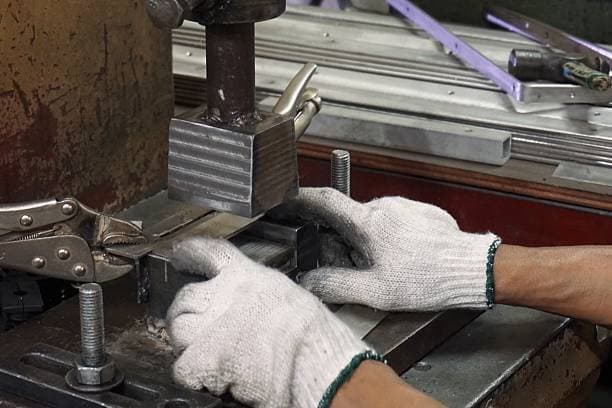
Stamping offers distinct technological and economic advantages compared to other mechanical and plastic processing methods. The key benefits include:
(1) High efficiency and automation potential: Stamping utilizes specialized dies and equipment, enabling rapid production cycles. Standard presses can achieve 60-100 strokes per minute, while high-speed presses can exceed 1000 strokes per minute. Each stroke typically produces a finished part, allowing for seamless integration with automated material handling and robotic systems.
(2) Precision and consistency: The use of precision-engineered dies ensures dimensional accuracy and shape uniformity across large production runs. Modern stamping processes, such as fine blanking, can achieve tolerances as tight as ±0.025 mm. The longevity of well-maintained dies (often exceeding 1 million cycles) contributes to consistent quality and excellent part interchangeability.
(3) Versatility in part size and complexity: Stamping can produce components ranging from intricate watch gears (< 1 mm) to large automotive body panels (> 2 m). Advanced techniques like progressive stamping enable the creation of complex, multi-feature parts in a single operation. The inherent work hardening during cold stamping can increase material strength by 10-30%, enhancing part performance without additional processes.
(4) Material and energy efficiency: Stamping typically achieves material utilization rates of 80-95%, significantly higher than many subtractive manufacturing methods. The process requires no additional heating equipment for most applications, reducing energy consumption. These factors, combined with high production rates, result in lower per-part costs, especially for medium to high-volume production.
(5) Surface quality preservation: Unlike some forming processes, stamping generally maintains or even improves the surface finish of the base material. This eliminates the need for extensive post-processing in many applications, further reducing production time and costs.
(6) Integration with advanced manufacturing: Modern stamping processes seamlessly integrate with Industry 4.0 technologies, including real-time process monitoring, predictive maintenance, and digital twin simulations. This enhances overall equipment effectiveness (OEE) and enables rapid design iterations and process optimizations.
While stamping technology continues to advance, it does present several challenges:
① High-speed mechanical presses dominate stamping operations, offering rapid production rates but requiring significant manual intervention and operator skill.
② Stamping dies are intricate and precision-engineered components. Their design and fabrication involve complex geometries, tight tolerances, and advanced materials, resulting in extended lead times and substantial upfront costs.
③ The economics of stamping favor high-volume production due to the initial tooling investment. This makes it less cost-effective for prototyping, single-piece manufacturing, or small batch runs, where more flexible processes like 3D printing or CNC machining may be preferable.
④ Die design and manufacturing demand a unique blend of traditional metallurgical knowledge, empirical understanding, and innovative problem-solving. This places high expectations on tool and die makers, requiring them to possess not only technical expertise but also creative visualization skills to optimize die performance and longevity.
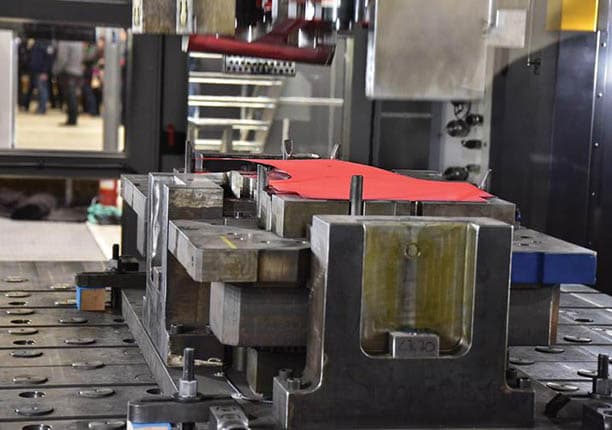
Here’s the optimized version of the provided paragraphs:
Metal stamping parts can be processed through two primary methods: cold stamping and hot stamping, differentiated by the temperature at which the stamping process occurs. The selection of the appropriate processing method is influenced by multiple factors, including material properties (strength, plasticity), workpiece characteristics (thickness, degree of deformation), equipment capacity, the material’s original heat treatment state, and the intended end-use application.
Let’s explore the advantages and disadvantages of these two forming methods in detail:
Cold stamping is a manufacturing process performed on metal workpieces at room temperature or slightly elevated temperatures, typically below the material’s recrystallization temperature.
Advantages:
Disadvantages:
Hot stamping, also known as hot forming or press hardening, is a stamping method that involves heating metal within a specific temperature range, typically above its recrystallization temperature but below its melting point.
Advantages:
Disadvantages:
The choice between cold and hot stamping depends on a careful analysis of the part design, material properties, production volume, and required final characteristics. In some cases, a combination of both methods may be employed to optimize the manufacturing process and achieve the desired part properties.

